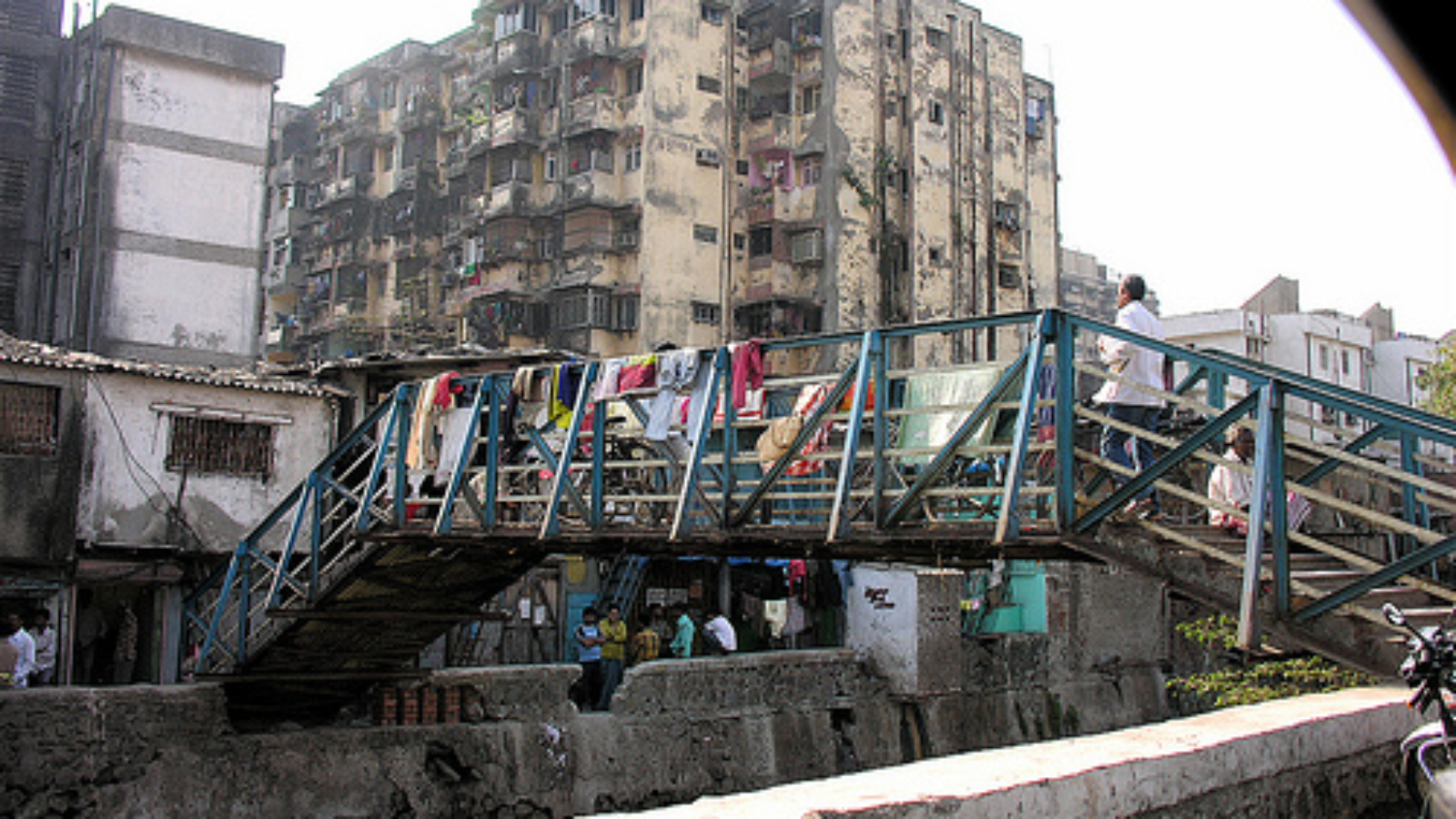[Editor's note: The theme of the Winter 2010-2011 issue of World Policy Journal is “Megalopolis: The City of the 21st Century.” We asked experts, policymakers, and writers from around the world to answer this question: “In the future, what will our cities look like?” This is the first of two responses we received from Ajit Mohan; we’ll publish the second next week.]
By Ajit Mohan
NEW DELHI – The future of the planet is inextricably linked to the future of its cities. However, the systems that gave shape and form to today’s most successful cities are unlikely to create thriving and sustainable urban centers in the future – especially in Asia and Africa, which are now witnessing a vast new wave of urbanization. Understanding the dynamics of new urban economies will be crucial for governments, businesses, and citizens hoping to find a way forward in the 21st century.
There is no doubt that the world economy will be increasingly influenced by rising competition for talent and investment among mega-cities, as rival urban centers position themselves as bases for anchor industries and financial exchanges. Yet while the “megalopolis” has become an effective symbol of the world’s urbanization, most of the planet’s future city-dwellers will not, in fact, live in a mega-city, but rather in one of the burgeoning smaller and mid-sized cities that are quickly becoming a major engine of economic growth in the developing world. In India, a stunning number of small cities and towns have registered near double-digit economic growth during the last decade – a pace often exceeding that of the nation’s largest cities.
By 2025, more than 30 percent of the total urban population in China and India will live in cities with fewer than one million inhabitants. This rapid growth will create competition for resources: water, schools, hospitals, affordable homes and community spaces. The demand for water in Indian cities, for example, is expected to rise by 100 million liters a day over the next 20 years – a staggering increase.
This competition for resources will often pit the wealthiest city residents – aspiring for increased comfort and luxury – against their poorer neighbors, an increasing number of whom will be first- and second-generation migrants into the city, seeking jobs and basic services. In most cases, only local city governments will possess the credibility to adjudicate the conflicts that will result from the diverging needs and desires of these groups.
A number of countries in East Asia – such as China and Korea – have been successful in fostering effective local governance. But most cities in South Asia and Africa continue to be run as the poor cousins of central and provincial governments, with little accountability and antiquated delivery models. The ability of these countries to reform local governance will be central to their ability to change the reality of cities on the ground. In the absence of an effective public administration, rampant competition among private interests will effectively drive choices and outcomes that benefit the few to the detriment of the many. There may well be space for experimentation with radical models, such as the economist Paul Romer’s idea of “charter cities” that would enjoy a form of self-rule, or at least a great deal of independence from regional or national authorities. But the most effective reforms are likely to revolve around traditional governance structures that encourage greater local accountability and representation.
Ajit Mohan was a management consultant at McKinsey & Company in New York and New Delhi and is the co-author of McKinsey Global Institute’s “India’s Urban Awakening: Building inclusive cities, sustaining economic growth.”
Photo from Flickr via Laertes.
